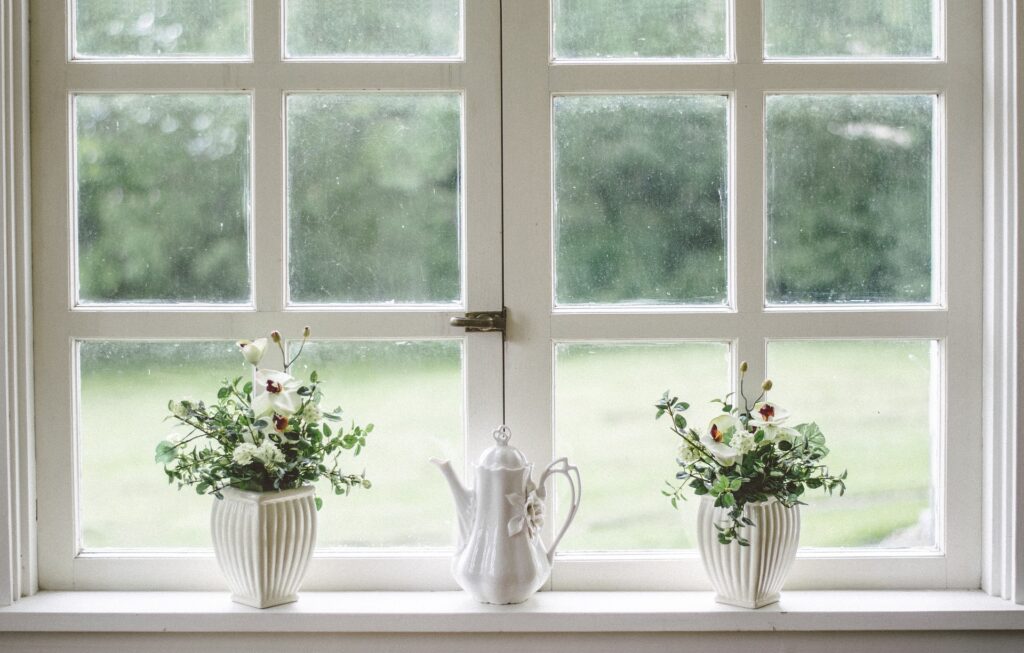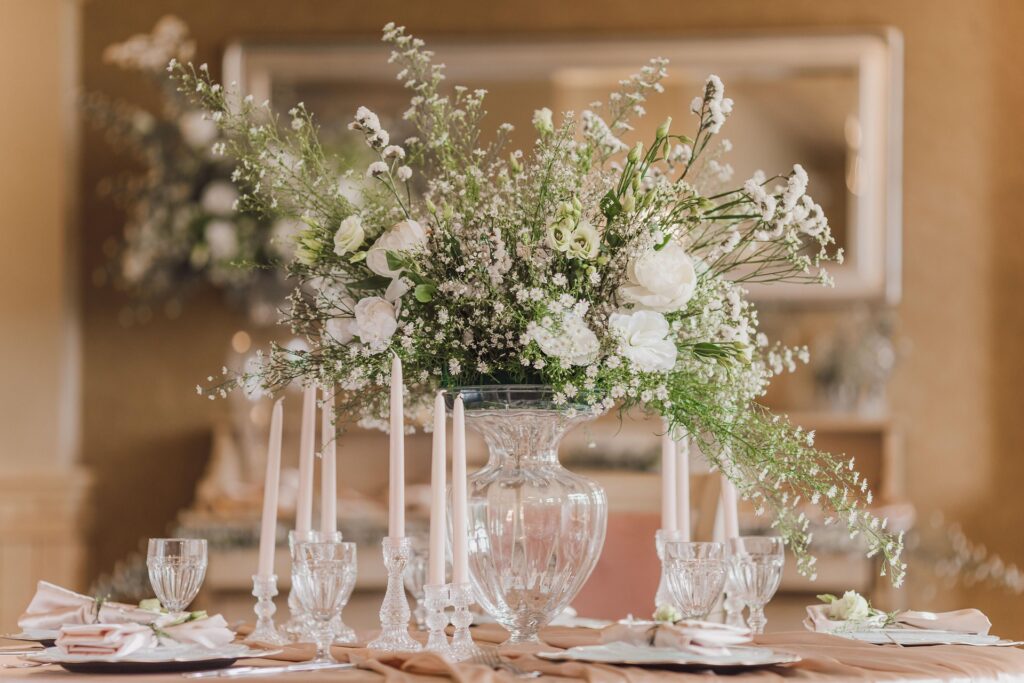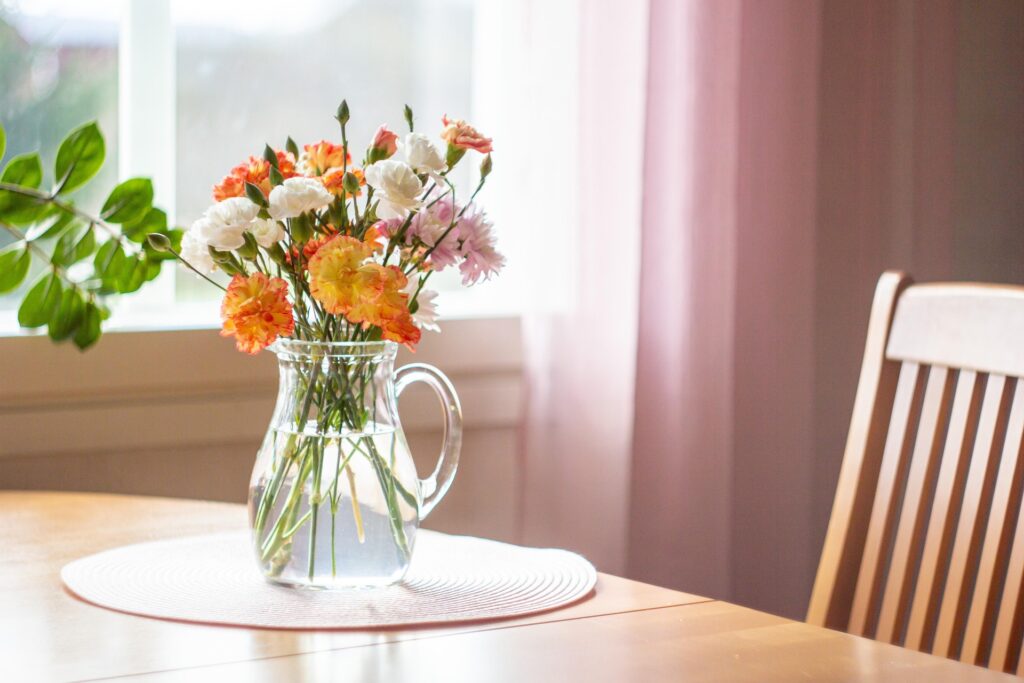Table of Contents
- 1. What is Pyntekvister?
- 2. The History & Origins of Pyntekvister
- 3. Traditional Uses of Pyntekvister
- 4. Modern Styling Ideas for Pyntekvister
- 5. How to Make Your Own Pyntekvister (DIY Tutorial)
- 6. Where to Buy Authentic Pyntekvister
- 7. Creative Variations of Pyntekvister (H2)
- 8. Care & Maintenance Tips (H2)
- 9. Common Mistakes to Avoid When Styling Pyntekvister
- 10. FAQ About Pyntekvister
- 11. Conclusion

Pyntekvister are decorative branches used in Scandinavian homes for seasonal, festive, and everyday styling. They can be bare and minimalist or adorned with ornaments, dried flowers, or subtle lighting, making them a versatile piece of Nordic décor magic.
I still remember stepping into a friend’s cozy cabin on the outskirts of Oslo one snowy December evening. The air smelled faintly of pine, and by the window stood a tall glass vase filled with delicate, frosted branches—pyntekvister—draped with tiny copper fairy lights. It wasn’t flashy, yet the room felt instantly warmer, more alive.
In this guide, we’ll explore the origins of pyntekvister, clever ways to style them, and even step-by-step tips to craft your own—so you can bring a little Scandinavian charm into your space, no matter where you live.
1. What is Pyntekvister?
Pyntekvister, which loosely translates from Norwegian to “decorative branches,” are exactly what the name suggests—natural or faux branches arranged for visual appeal. Traditionally, they’ve been part of Scandinavian homes for centuries, often used to mark seasonal changes or add a touch of nature indoors during the long, dark winters.
Their charm lies in their simplicity. A single, artfully placed pyntekvist can transform a room without overwhelming it—a philosophy that perfectly mirrors the Nordic approach to design: functional, minimal, and deeply connected to nature.
In recent years, pyntekvister have become a go-to trend in minimalist and eco-conscious décor. They’re sustainable (often gathered from local trees or repurposed from garden trimmings), adaptable to any style, and capable of creating a calm, grounded atmosphere without requiring much maintenance or expense.
2. The History & Origins of Pyntekvister
In Scandinavian culture, nature has always been more than just a backdrop—it’s an active part of daily life and home styling. Long before the term pyntekvister became popular, Nordic families were bringing branches indoors as part of seasonal traditions.
Branches and twigs carried symbolic meaning. In Norse folklore, they often represented renewal, protection, and the cyclical rhythm of the seasons. A bare birch branch in winter could signify resilience, while budding willow twigs in spring were a promise of growth and new beginnings.
Pyntekvister became especially prominent during holidays. At Easter (påske), birch or willow twigs were decorated with colorful feathers and ornaments—a cheerful nod to spring’s arrival. At Christmas (jul), evergreen sprigs and red-berried branches added warmth and life to the home during the darkest months. Even Midsummer (midsommar) celebrations often included leafy branches woven into wreaths or table arrangements, blurring the line between indoors and the wild outdoors.
Through these traditions, pyntekvister evolved from practical seasonal décor into a cultural emblem—one that still connects modern Scandinavian homes to their nature-inspired heritage.
3. Traditional Uses of Pyntekvister
Pyntekvister have a long-standing role in bringing seasonal magic indoors, often acting as the focal point of holiday décor.
Easter Branches with Painted Eggs – One of the most charming traditions is decorating birch or willow branches with hand-painted eggs and colorful feathers. These bright pops of color against bare twigs symbolize life returning after the long Nordic winter.
Christmas Twigs with Ornaments – During jul, spruce or pine branches are adorned with tiny ornaments, ribbons, and sometimes even gingerbread cookies. Their fresh, resinous scent fills the home, instantly evoking the coziness of the season.
Festive Table Centerpieces – For family gatherings, pyntekvister often take center stage on the dining table. Arranged in a simple vase, they can be dressed up with candles, fairy lights, or small seasonal charms.
Seasonal Home Entrance Displays – In many Scandinavian homes, pyntekvister greet guests right at the door. Placed in tall urns or planters, they serve as a natural and inviting welcome, changing with the seasons—from blossoming spring branches to snow-dusted evergreens in winter.
4. Modern Styling Ideas for Pyntekvister

Pyntekvister have evolved far beyond their traditional holiday roots, becoming a versatile design element in modern interiors. Whether your style leans minimal, rustic, or romantic, these decorative branches can adapt beautifully.
Minimalist Arrangements
For a clean, contemporary look, place a few bare branches in a tall, slender vase. Let their natural lines speak for themselves—no need for excessive embellishment. The simplicity pairs perfectly with Scandinavian interiors and allows the beauty of the branch’s shape to shine.
Seasonal Themes
Rotate your pyntekvister with the seasons. In autumn, choose branches adorned with golden leaves. For spring, add fresh blossoms like cherry or apple. In winter, weave in delicate fairy lights or frost-tipped twigs for a magical, snow-kissed effect.
Hygge & Cozy Home Vibes
Pyntekvister can be the perfect backdrop for creating hygge, that warm and inviting Danish feeling. Pair them with soft candlelight, wool throws, and muted earthy tones. A few dried seed pods or pinecones nestled among the branches can add an extra layer of texture.
Event & Wedding Decor
For weddings or special events, pyntekvister brings a rustic yet sophisticated touch. Think bare willow branches draped with hanging blooms, or bohemian arrangements mixing greenery with wildflowers. They can be used in table centerpieces, ceremony arches, or even as photo booth backdrops for an organic, storybook feel.
You may also like to read :Top 10 Floating Shelf Brackets — Style, Strength & Savings
5. How to Make Your Own Pyntekvister (DIY Tutorial)
Creating your own pyntekvister is not only affordable—it’s a creative, meditative process that connects you with nature. Here’s how you can craft arrangements that look like they came straight from a Nordic design magazine.
Materials You’ll Need
- Branches: Birch for a pale, clean look; willow for graceful curves; cherry blossom for seasonal charm.
- Decorative add-ons: Satin ribbons, miniature ornaments, dried flowers, or even fairy lights for a magical touch.
- Vase or base: Tall glass vases for elegance, ceramic pots for rustic appeal, or wooden crates for a farmhouse vibe.
Step-by-Step Instructions
- Select and prepare branches – Choose fresh or dried branches that suit your desired look. Trim off any broken or uneven ends.
- Arrange in a vase or base – Start with the tallest branches in the center, then layer shorter ones around them for balance.
- Add decorative elements – Weave in ribbons, hang small ornaments, or tuck dried blooms between branches for added depth.
- Maintain freshness or stability – For fresh branches, place them in water and change it regularly. For dried ones, keep them away from humidity and direct sunlight to prevent fading.
Tips for Long-Lasting Arrangements
- Use a floral preservative in the water for fresh branches.
- For dried pyntekvister, apply a light coat of clear matte spray to help protect against dust.
- Keep arrangements away from heating vents or open windows to prevent wilting or breakage.
6. Where to Buy Authentic Pyntekvister

If you’d rather skip the DIY route, there are plenty of places to find beautiful, ready-made pyntekvister that bring instant Nordic charm to your home.
- Scandinavian home décor shops – Specialty boutiques in Nordic countries (and select global cities) often sell authentic handcrafted pyntekvister, perfect for purists who want the real deal.
- Online marketplaces – Platforms like Etsy, Nordic artisan websites, and even some eco-conscious online stores feature independent creators offering unique designs.
- Seasonal craft markets – Around Christmas, Easter, and Midsummer, local craft fairs often have stalls selling hand-decorated branches in both traditional and modern styles.
Price Range Comparison
| Source | Price Range | Notes |
| Scandinavian décor boutiques | $25 – $70 | High-quality, often handmade; may include rare or seasonal branches. |
| Etsy & artisan websites | $15 – $50 | Wide variety; customizable designs available. |
| Seasonal craft markets | $10 – $40 | Unique, locally crafted; availability depends on season. |
| Mass-market home décor retailers | $8 – $25 | Affordable but often machine-made; less authentic feel. |
7. Creative Variations of Pyntekvister (H2)
One of the joys of pyntekvister is how adaptable they are—you can put your own spin on them to suit any mood, season, or event. Here are some playful and stylish twists:
- Painted branches – A coat of matte white, soft pastels, or bold metallics can transform simple twigs into a statement piece. Perfect for modern, color-themed interiors.
- Glitter-dusted winter twigs – Add a frosty sparkle with eco-friendly glitter or mica powder, giving your arrangement a magical, snow-kissed look.
- Children’s craft-friendly versions – Let kids get creative by tying on paper ornaments, yarn pom-poms, or hand-painted wooden charms. A fun way to involve the whole family in seasonal decorating.
- Eco-friendly recycled décor add-ons – Use scraps of fabric, upcycled ribbon, or dried flowers from previous arrangements to create sustainable yet beautiful accents.
8. Care & Maintenance Tips (H2)
If you want your pyntekvister to look fresh and beautiful for as long as possible, a little care goes a long way. Here’s how to keep them in top shape:
- Fresh branches – Trim the ends at a diagonal before placing them in clean water, and change the water every 2–3 days to prevent bacteria buildup. Keep them away from direct sunlight and heating vents to slow wilting.
- Dried branches – These are low-maintenance, but keep them dust-free by gently wiping with a dry cloth or using a soft brush attachment on a vacuum. Avoid moisture to prevent mold or warping.
- Avoiding mold in water-based displays – Always use a clean vase, and add a few drops of vinegar or a floral preservative to the water to keep it fresh.
- Storing seasonal pyntekvister – Wrap dried or artificial branches in acid-free tissue paper and store them in a cool, dry box. For decorated branches, keep ornaments attached and store them upright in a tall container to avoid damage.
9. Common Mistakes to Avoid When Styling Pyntekvister

Even though pyntekvister looks naturally stunning, a few styling missteps can make them feel cluttered or unbalanced. Here are the most common pitfalls to skip:
- Overcrowding with decorations – Too many ornaments, ribbons, or trinkets can overwhelm the natural beauty of the branches. Let the organic shapes breathe.
- Choosing weak or brittle branches – Fragile twigs can snap easily, especially if you’re adding hanging decorations. Opt for sturdy branches like birch, willow, or cherry blossom.
- Ignoring proportion in vase size – A tiny vase with tall branches can look awkward, and a large vase with short twigs can feel underwhelming. Keep balance in mind: your vase should be about one-third the height of your arrangement for a harmonious look.
10. FAQ About Pyntekvister
Q1: Can I use any type of branch for pyntekvister?
Yes, but sturdier branches like birch, willow, or cherry blossom work best. Avoid overly dry or brittle branches if you plan to hang decorations.
Q2: How long do fresh pyntekvister last indoors?
Fresh branches typically last 1–3 weeks, depending on the type of wood, indoor temperature, and whether they’re kept in water.
Q3: Is pyntekvister only for Scandinavian homes?
Not at all! While rooted in Nordic tradition, pyntekvister can complement modern, bohemian, rustic, or even industrial interiors worldwide.
Q4: What is the easiest way to style pyntekvister on a budget?
For a low-cost option, collect branches from your garden or a nearby park (ethically and legally, of course). Use a simple vase you already own and decorate with handmade paper ornaments or seasonal foliage.
11. Conclusion
Pyntekvister isn’t just a fleeting decor trend—it’s a timeless celebration of nature, simplicity, and sustainable living. Its roots in Scandinavian tradition remind us that beauty can be found in the smallest details, from the curve of a branch to the way light dances through bare twigs.
Whether you choose to buy an artisan-made arrangement or craft your own from foraged branches, pyntekvister adds warmth, personality, and seasonal charm to any space. So why not start small? Pick a vase, find a branch, and let your creativity flow—you might just discover a new favorite home ritual.
If you’re feeling inspired, explore our other guides on Scandinavian home decor to keep building that cozy, Nordic vibe throughout your home.
Relaetd Posts :
Dining Room Wall Decor That Feels Like Home—Without Overthinking It
Decorations for Hotel Room: How to Make Any Stay Feel Luxurious



